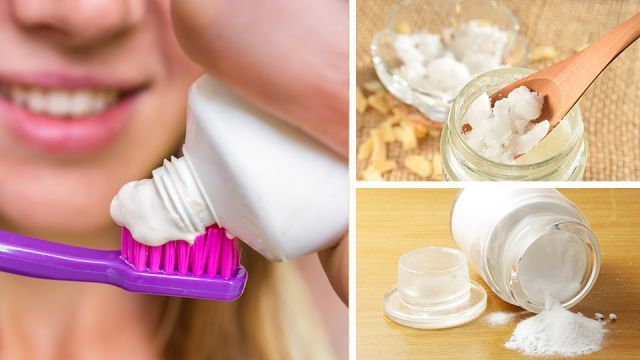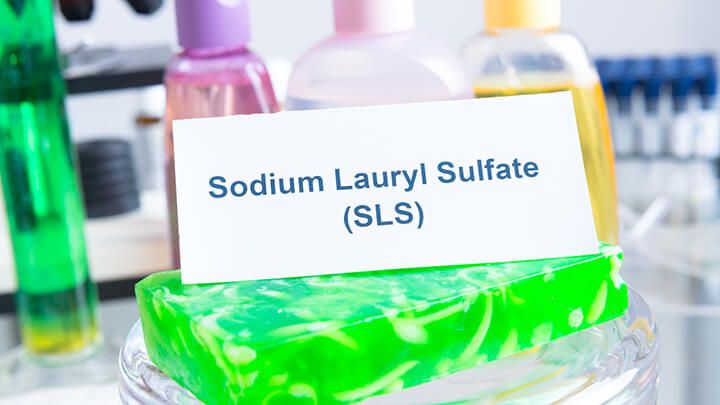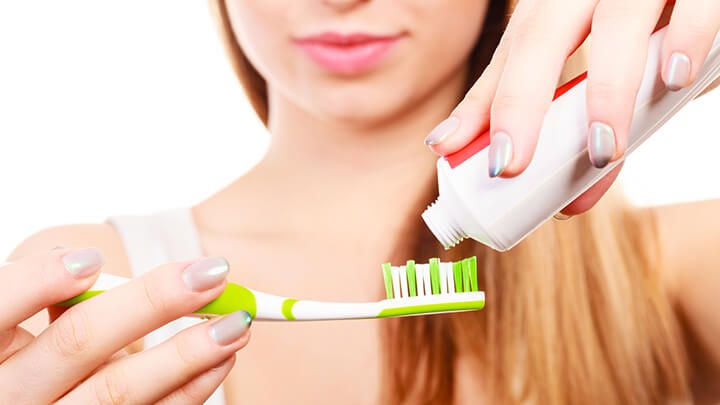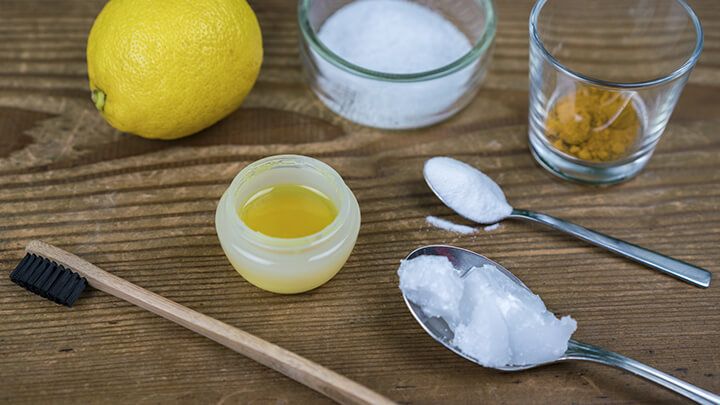
In a rare moment of spare time yesterday, I sat down to watch TV and blob out for a while. The channel was cycling through its usual bunch of marketing rubbish when something caught my attention: a Colgate ad where a classroom of kids were sitting around being taught about the fundamentals of oral hygiene. At the end of the ad, a cute little kid proclaims: “Colgate, it’s the tooth toughener!”
Hmmm. Now I can forgive ads that make wild claims about adult cosmetics, personal hygiene, or otherwise. As adults, we’ve got a whole lot more experience under our belt and should be a bit more capable of critical thought than a classroom of 6-year-olds. But when a big-name pharma company like Colgate zero’s in on innocent kids and feeds them misinformation, that’s when I get my hackles up!
You see, almost everything you know about toothpaste is lies. It most definitely isn’t good for your teeth, and it’s even harmful to your overall health. Colgate’s products are some of the worst of the whole lot, and yet they continue to pretend that without their toothpaste, our collective oral health would dramatically decline. I realized this a year ago and immediately gave toothpaste up. Here’s why no amount of cheesy Colgate ads will ever convince me to go back.
The many toxic ingredients in your toothpaste
Have you ever stopped and wondered what’s actually in that tube of toothpaste? What makes it taste so good, last so long and froth up so expertly in your mouth? Chances are, you’ve taken one glance at the ingredients, tried in vain to pronounce the first few words and given up entirely. What you don’t know can’t hurt you, right?
Wrong. After obtaining my holistic health coach certification early last year, I set out to investigate the many products that we use in our everyday lives. Toothpaste, as something we put in our mouths at least two times a day, seemed a good starting point. What I discovered shocked me.
There were no less than seven toxic ingredients lurking in almost every tube of toothpaste on the shelves. While many companies varied their ingredients a little, these toxins seemed to just keep cropping up. Here’s just a taste of what you might find inside your very own tube…
Sodium lauryl sulfate

I always cringe when I see this ingredient on the back of any product, whether I’m planning on putting it in my mouth, on my skin or in my hair. Sodium lauryl sulfate (SLS) can often go under the guise of sodium laureth sulfate or sodium lauryl sulfate — they’re essentially the same thing. They are surfactants designed to make your toothpaste foam up and give you the impression your toothpaste is doing a good job.
Chemical surfactants like SLS can harm the body in a number of ways:
- They break down the phospholipids on our tongue, thereby throwing off your tastebuds and making everything taste nasty.
- They can cause skin irritation and cankers, which is seriously bad news if you happen to accidentally swallow a mouthful of toothpaste.
- They are often contaminated with 1,4 dioxane, a suspected carcinogenic compound that is seriously bad news for your health.
Fluoride
Thanks to decades of dentists berating the general public and lobbying the government, most people are still under the impression that fluoride is a necessary component of healthy oral hygiene. Without it, they claim, our teeth would quickly begin to decay.
First, let’s look at the stats: research shows that the beneficial layer that is supposed to form on the outside of teeth with the use of fluoride toothpaste is virtually insignificant… to the point where many suspect that it is providing no measurable benefit at all. Next, there’s the fact that fluoride can become highly toxic following long-term exposure — it can build up in our tissues and contribute to numerous health issues, including neurological conditions and endocrine dysfunction.
Is this really what you want your children to be putting into their mouths twice a day? Especially considering kids swallow a sizable portion of the toothpaste they use… I know I did!
Triclosan
Inside several popular brands of toothpaste, you’ll find triclosan, an antibacterial compound designed to prevent the development of gingivitis in the mouth. While this may seem like a good thing, the costs very much outweigh the benefits.
In pregnant women, triclosan has shown the potential to slow digestion and energy metabolism, and negatively influence the development of fetal brains and bones. In other people, triclosan is a suspected endocrine disruptor, which can lead to various forms of cancer, pregnancy issues, developmental issues in girls and undescended testicles in boys.
All that risk, simply to lower your chances of gingivitis? Just stay away from sugar and do the occasional bout of oil pulling instead!
Propylene glycol

You may have actually heard of propylene glycol before — that’s because it’s commonly used as an antifreeze, airplane deicer and enamel surfactant. But there’s one other place that you’ll commonly find this powerful chemical: your toothpaste! Propylene glycol fulfills a similar role to SLS in toothpaste, helping it to foam up… and perhaps prevent it from freezing on a cold winter’s night.
But considering propylene glycol is one of the most powerful antifreeze agents available, it’s probably not a good thing to be putting in your mouth, right? It’s been shown to produce toxic effects in certain people. It is also a known skin, eye and lung irritant.
Next time you reach for your tube of toothpaste, just imagine yourself glugging back a container of antifreeze. That should do the trick.
What I use instead of toothpaste

After discovering the heady mix of poison lurking in my toothpaste, I immediately threw it away and swore never to touch the stuff again. Instead, I introduced a simple oral hygiene regime that’s natural and far more effective than toothpaste ever was! Here’s my approach:
- Brush with baking soda. Baking soda is just as effective as toothpaste in helping to remove plaque and other debris from your teeth and mouth. In some cases, it’s even more effective. Surprisingly, it has been shown to be less abrasive than conventional toothpaste. I simply wet my toothbrush and dip it in a bottle, then brush normally.
- Rinse with oil pulling. Oil pulling has been shown to be an effective way to control plaque and gingivitis, and complements my baking soda brushing very nicely indeed. After initially oil pulling every day for a couple of weeks, I dropped back to doing it once or twice a week — I find it’s best to brush straight after oil pulling.
- Whiten teeth with activated charcoal. Activated charcoal is the new best thing for naturally whitening teeth. If you haven’t yet heard about it, check out this post. I do it once a week, or just whenever I feel like it! You can also use lemon juice and turmeric for teeth-whitening purposes.
Together, my new oral health routine is slowly but surely restoring my teeth to their former glory. Give it a try — you’ll probably be impressed with the results!
— Liivi Hess

